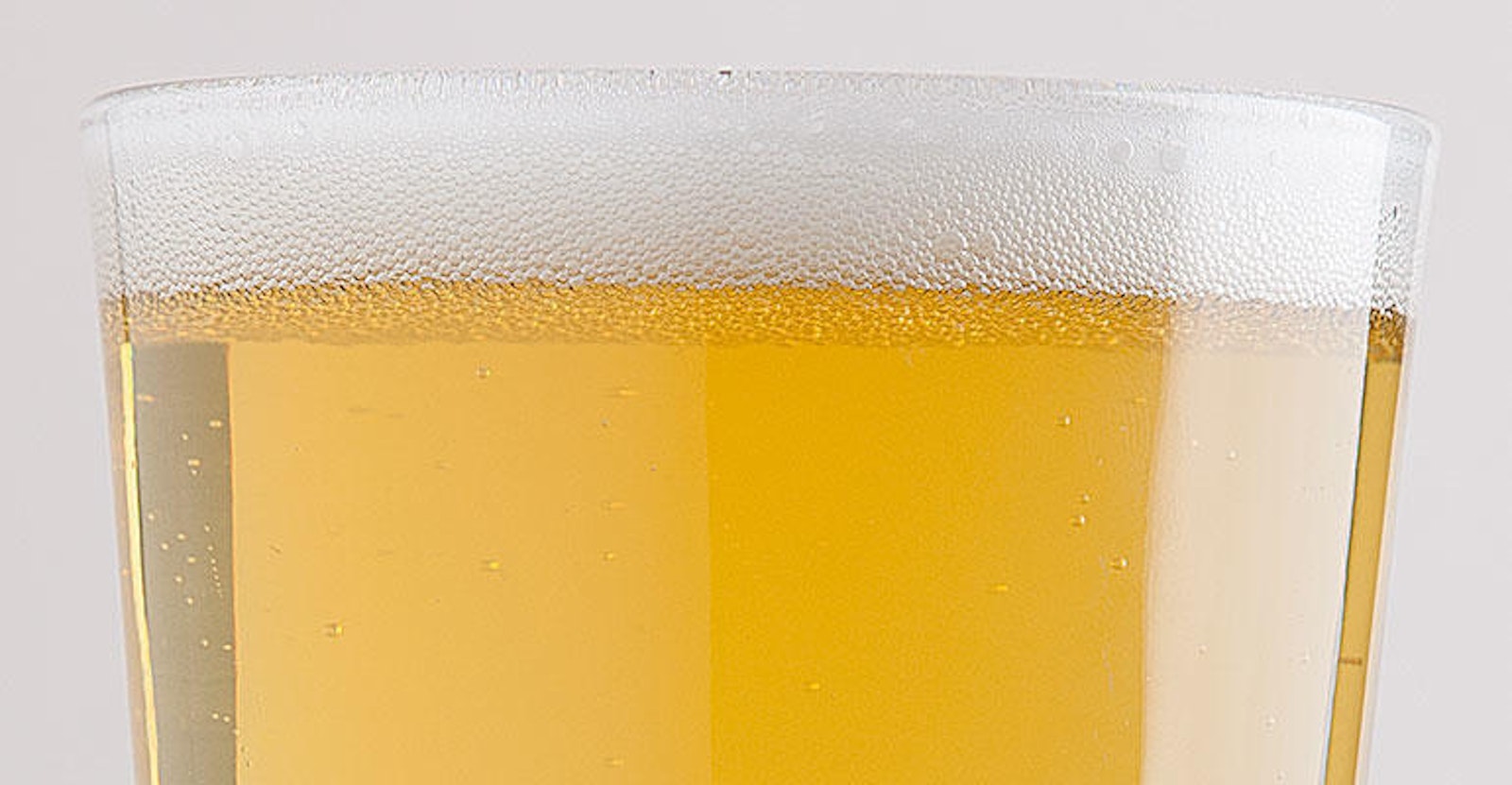Homebrewers are largely ale brewers. Because most ales ferment well at room temperature, the investment in time and equipment is fairly modest. But many homebrewers, especially those who enjoy German beer, want to learn how to make lagers. Here are a few things to know if you’re thinking of diving into the world of lager.
1. Temperature control: Controlling fermentation temperature is critical for lager brewing. Primary fermentation is usually conducted at about 50° to 55°F (10° to 13°C), and some lager strains go as low as 45°F (7°C). Primary fermentation is followed by several weeks or months of maturation at near-freezing temperatures. Such cold conditions require some form of climate control. Most homebrewers use a spare refrigerator or freezer with an external temperature controller to get the job done.
2. Lots of yeast: Because lager fermentation is conducted cold, you need to use more yeast to assure that things go smoothly. A good rule of thumb is to use twice as much yeast as you would for an ale of the same original gravity. In terms of pitch rates, 1.5 million healthy cells per milliliter per degree Plato (°Plato) is generally adequate. (°Plato is the European and American scale of gravity based on a percentage of pure sugar in the wort.)

